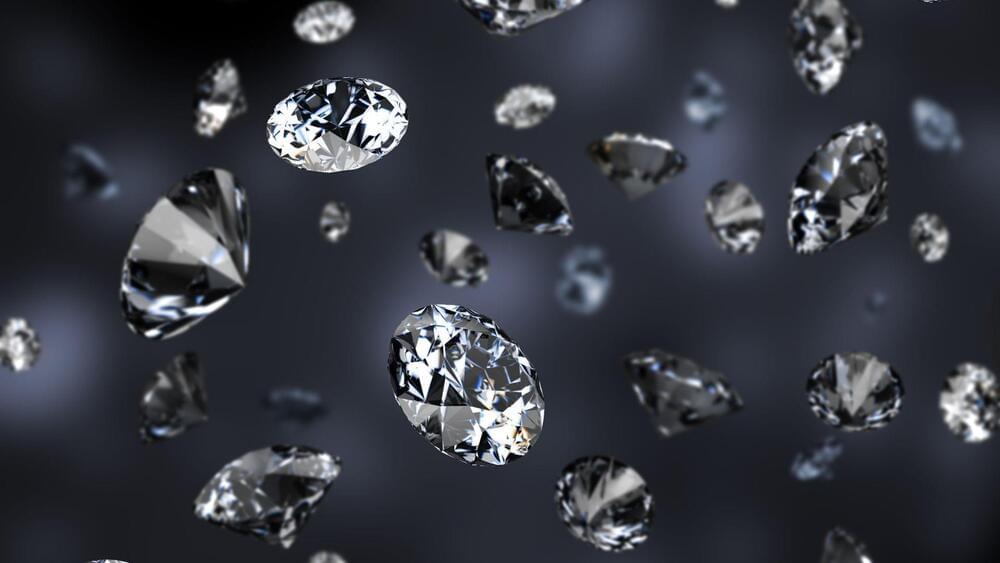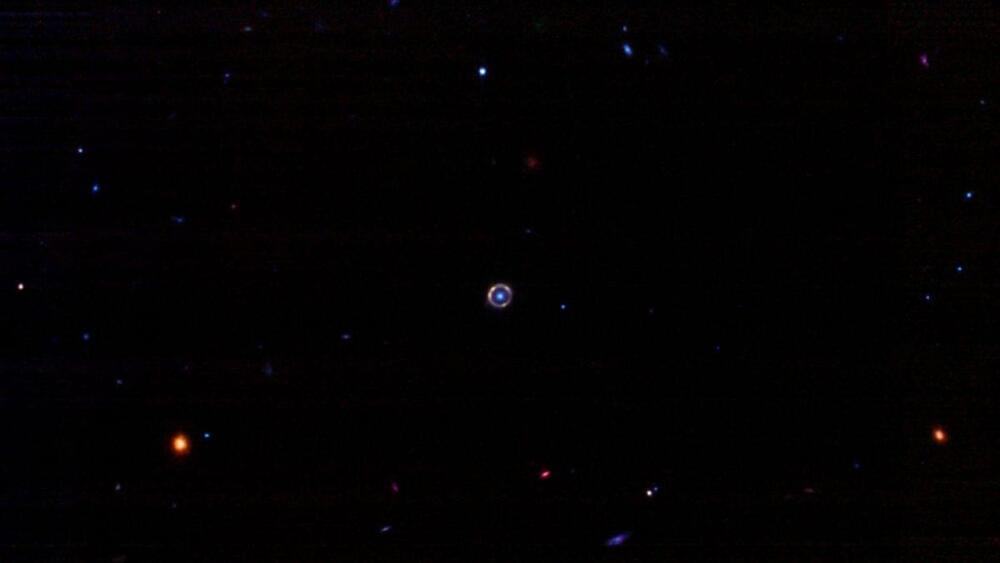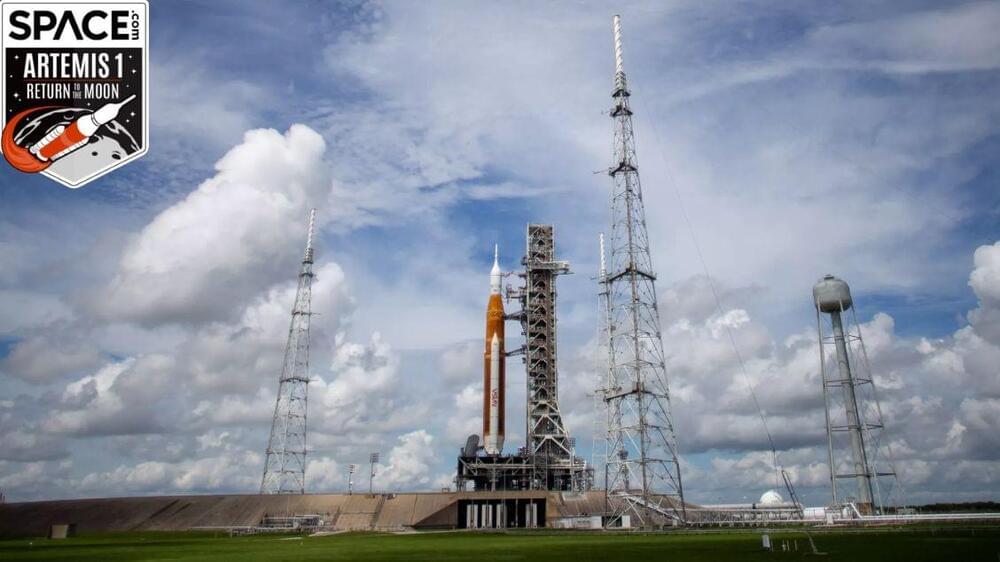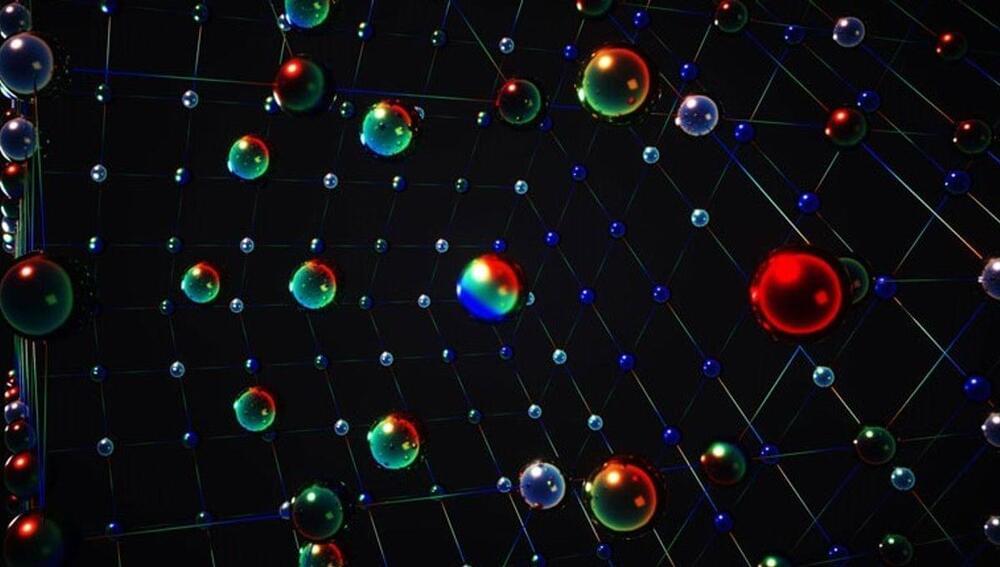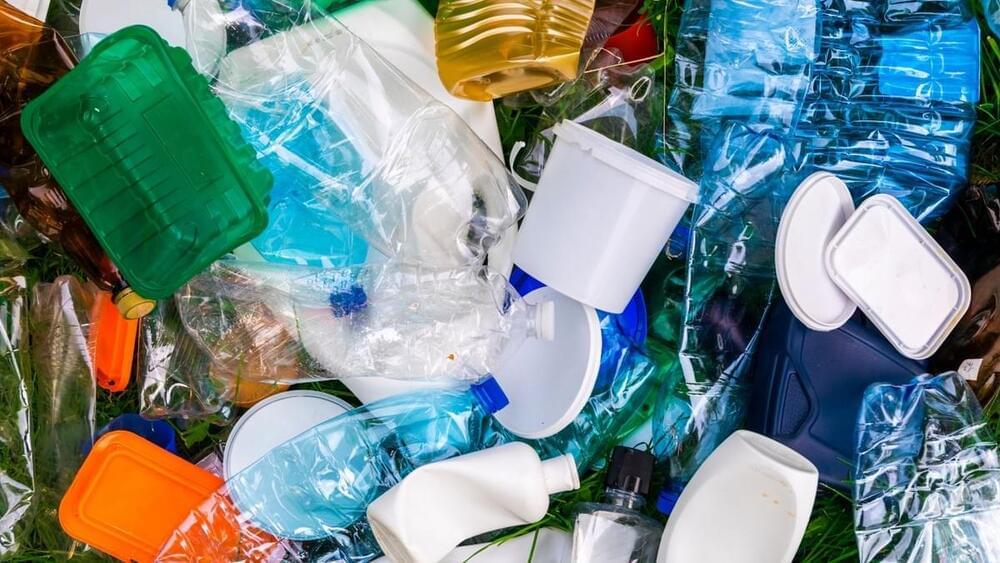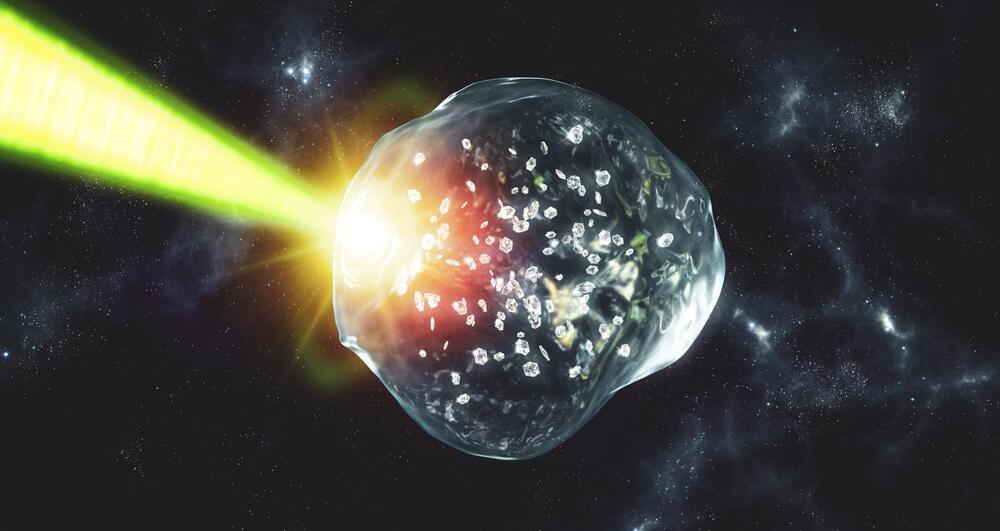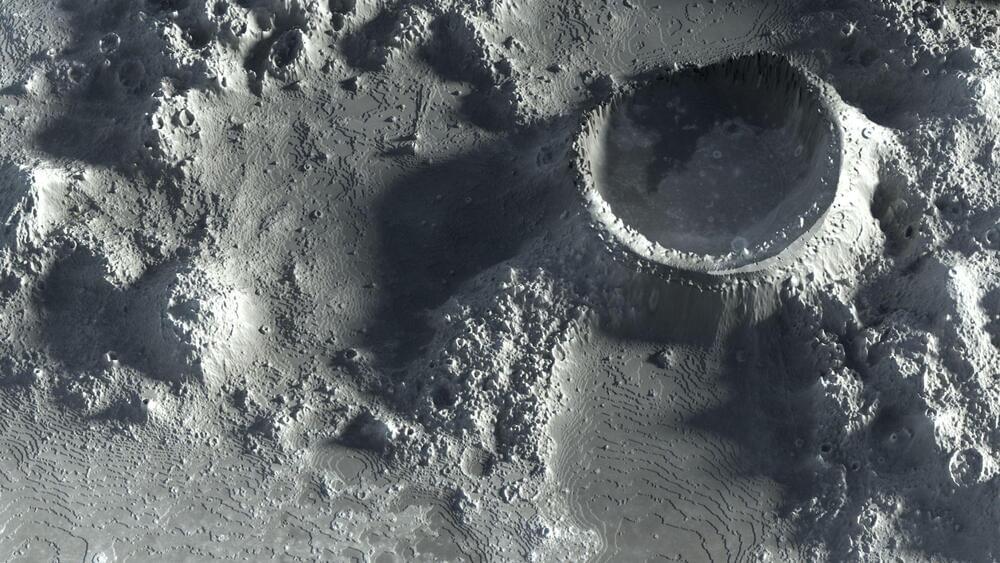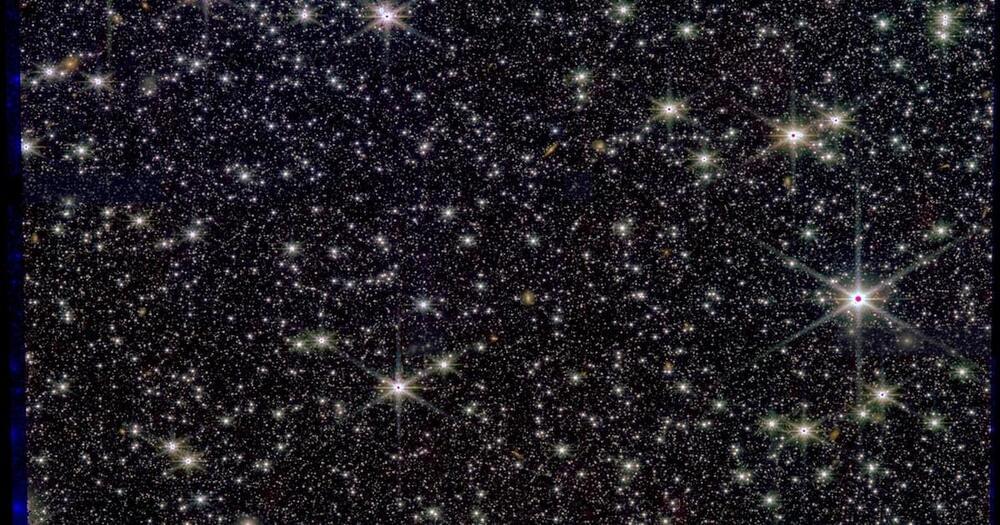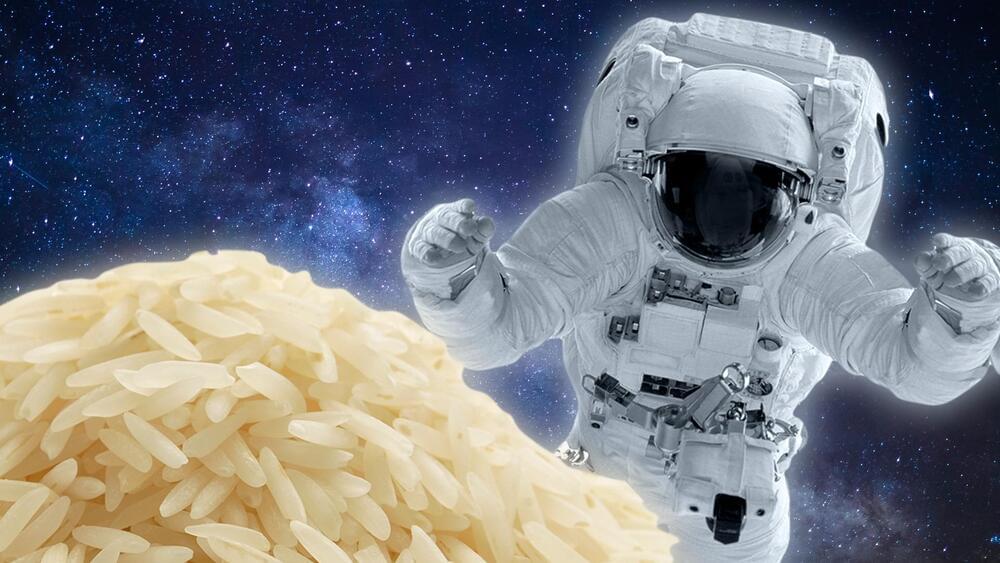Sep 3, 2022
Scientists create nanodiamonds from plastic bottles
Posted by Gemechu Taye in categories: nanotechnology, space
The new research provides a more complete picture of how diamond rain forms on other planets.
Researchers have discovered that “diamond rain,” unique precipitation that has long been speculated to occur on icy giant planets, may occur more frequently than previously believed.
To learn more about the circumstances on the icy giant planets Neptune and Uranus, a group of researchers from Germany and France has created an intriguing experiment, according to an article published by Physic.org on Friday.
Continue reading “Scientists create nanodiamonds from plastic bottles” »
